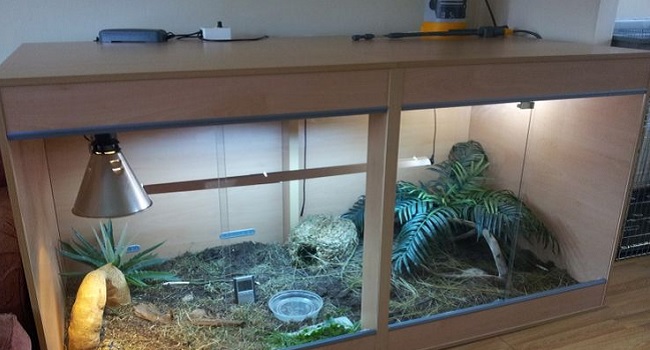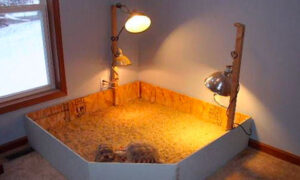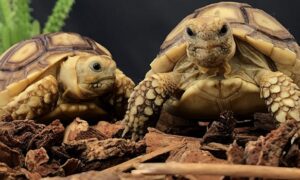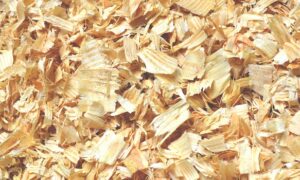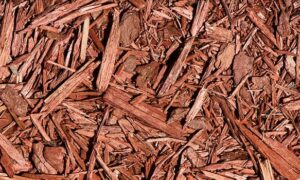When raising a baby sulcata, you’ll find there are a lot of opinions on housing, temperature and humidity most of all. Some of the older resources claim a dry environment is key, but newer research shows otherwise.
Throughout the years of keeping sulcatas in captivity, the housing has changed. Initially, keepers thought the species was more of a desert species and housed babies in dry, hot environments. But, in more recent times, breeders and keepers have found that a warm, humid enclosure more resembles the natural habitat.
In the wild, sulcata babies hatch during the hot, monsoon months, so they spend most of their time deep in a burrow. These burrows are hot and humid. They hatchlings tend to stay close to the burrow, coming out to eat and soak up rays before spending the rest of the day in the burrow.
Temperature and Humidity in Sulcata Indoor Enclosure
In order to replicate natural environment in captivity, you’ll want the enclosure to be warm and humid.
Temperature
The temperature should be around 80-90-degrees Fahrenheit with a basking spot around 100-degrees Fahrenheit.
Use a ceramic heat emitter (CHE), flood bulb or a mercury vapor bulb to achieve proper heating in an inside sulcata enclosure.
Humdity
You want to maintain the humidity around 80%.
Use a substrate that will hold moisture and humidity, like coconut coir, orchard bark or cypress mulch.
Also look into creating a closed chamber enclosure. You can use an indoor greenhouse tent over a Christmas tree tote or other large enclosure.
If you’re having trouble reaching optimum humidity, add a humidifer fogger to the enclosure.

